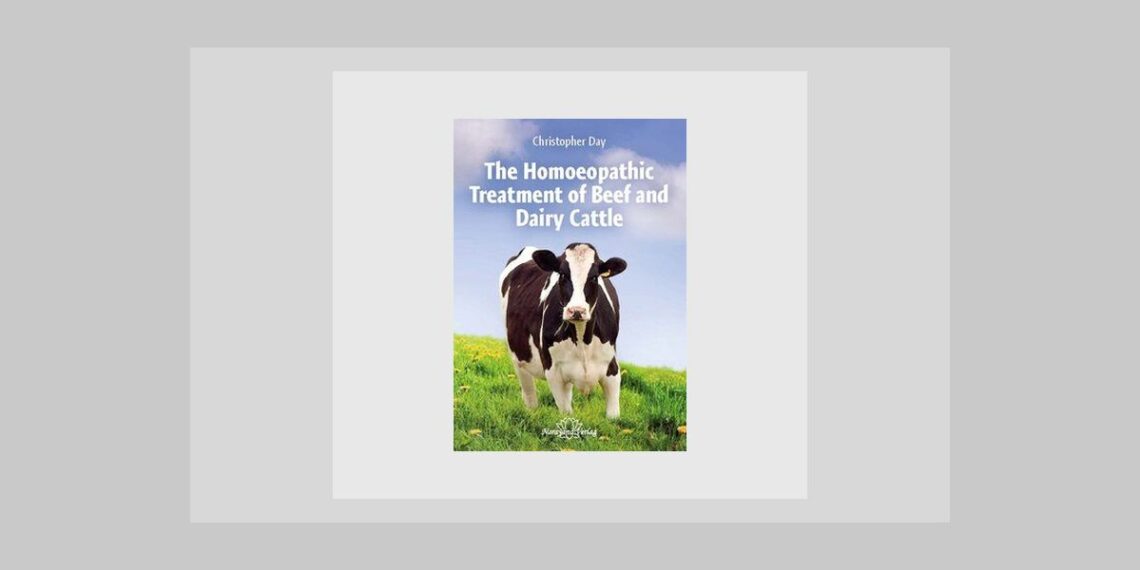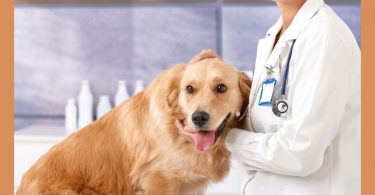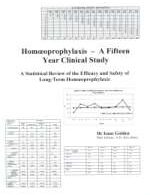Title: The Homeopathic Treatment of Beef And Dairy Cattle
Author: Christopher Day
Publisher Narayana Verlag, Germany
ISBN: 978-3-95582-248-4
First edition, 2021, 144 pages, paperback
Reviewer: Vatsala Sperling
“Food is medicine” is a concept from Ayurveda, and ‘you are what you eat’ is an English language approximation of the same concept. This concept has an important place in today’s landscape because food has become an industry, agriculture is a business, animal husbandry is a business too, and these are run and managed by big-money interests!
The days when a subsistence farmer could raise all his crop, and animals, feed his family, barter the surplus, or sell to get some cash are essentially over in most parts of the world, and only a minimal vestige of this subsistence farming, is seen in the small, family-owned farms here and there.
Because the words like industry and business have entered the vocabulary of food production, it is easy to understand that profits matter above everything else. With profits as the motive, farmers resort to use of chemical fertilizers, preservatives, herbicides, insecticides, fungicides, growth hormones and so on for their success in agriculture and animal husbandry.
We eat what they produce, and before we know it, we have over 700 manmade chemicals in our body. Pesticides are found in arctic ice. Chemicals from agriculture and husbandry are found in ground water, oceans, and rivers.
Around the 1960s, the counterculture movement in the USA foresaw these perils of industrialization and the pro-organic movements began gaining momentum. So, fortunately, today, we have organic food isles even in Walmart. The organic movement has been swimming upstream and against the use of chemicals in agriculture and animal husbandry.
This movement is also strengthened by use of homeopathy in agriculture and animal husbandry. And as a result, we have been observing a return of sanity to food production. The fact that a book like, ‘The Homeopathic Treatment Of Beef And Dairy Cattle’, is published and available for us to read, is evidence of how far against the chemical-ridden mainstream the counter-culture has come!
Homeopathy is not just for humans. It is also for plants, for animals, and, also for animals who give their life to become our food. Use of homeopathy for these animals that become our food is a way to ensure that the man-made chemicals from agriculture and animal husbandry, will be reduced in our body, and better still, will not be allowed to enter our bodies.
With this idea, now let us take a book that veterinary doctor, Christopher Day has written for us. He writes a very brief chapter about homeopathy and then goes on to write about farming. In this chapter, you get to read about the perils of industrialization of animal husbandry.
The author says that resorting to homeopathy for animals in our farms will make the animal-based products more attractive to health-conscious consumers. I fully see his point. Anyone would want less, or none of the carcinogenic chemicals used in animal husbandry, right?
The reasons why a farmer who raises beef and dairy cattle might want to use homeopathy is given clearly in chapter 4: no side effects, no requirement for laboratory testing, no residue in milk or tissues, low cost, welfare of animals, no dependence on diagnostics, no suppression, and lastly, the efficacy of homeopathy for farm animals is shown again and again in many recent studies, and trials.
Besides these benefits, Christopher Day mentions that homeopathy can be used at many different levels, for example, constitution, symptoms, pathology, organs, detoxification, historical, specific, and finally the preventative level.
After educating us about dosage, storage and handling of remedies, the author describes brief materia medica pictures of 144 remedies that are very common, very well known, very readily available, and most of them have a historical record of being used for humans for a few centuries.
Not one industrial chemical used in animal husbandry can have such a rich track record. This materia medica description is a tool that would guide the reader toward the indicated usage for a remedy. Very useful indeed.
In chapter 8, we get to read about the diseases commonly encountered amongst the beef and dairy cattle and after a brief description of various diseases, the author gives a list of remedies that have been found to be useful with the disease condition.
Take for example, abscess, and the indicated remedies are Belladonna, Calacarea sulph, Calendula, Hepar sulphuricum, Lachesis, Mercurius sol, Pyrogenium, Silica and Tarentula cubensis. In this manner, 137 conditions are described and suitable remedies for handling these conditions are recommended.
Apparently, our beef and dairy cattle can also have mental problems and we can surely help them with remedies, and in this category, 13 conditions are described along with suitable remedies that would help. I was truly touched by the author’s mention of “effect of grief, such as may occur at weaning in both dam and calf” – what looks like a routine procedure in dairy farms, weaning the calves as quickly as possible, so that all the milk the dam produces, can be used for humans, ends up creating grief, sadness, and a sense of loss for the dam and the calf.
And for such a grief, our well-known remedy, Ignatia, is mentioned in bold letters. It is heartening to realize how humane and kind homeopathy can be, it recognizes emotions and sentiments even in animals.
Christopher Day, just like an advocate for animals, writes about improving the quality of life for animals living in the farms. It all begins with basic living conditions with clean habitation and plenty of clean water, sunshine, fresh air.
He recommends remedies for farm procedures that are necessary sometimes, for example, de-horning, and suggests use of good anaesthetic techniques and remedies like Arnica, Hypericum and Cantharis for managing pain and trauma. Essentially, while describing essential farm practices, the author advocates humane treatment of animals, so that they experience minimal trauma and injury.
Our dairy cattle are exposed to the threat of mastitis every season when they birth a calf and nurse it. Then the calf is weaned, and they must keep producing milk till the next pregnancy. In a chapter on management factors in mastitis prevention, the author gives techniques for reducing cow-to-cow and environmental spread of this disease.
The mainstream dairy farmers use a ton of antibiotics for this condition, which eventually gets to milk, and then to our bodies because we use dairy products. Homeopathic solutions for mastitis ensure that the dairy farmers can deal with mastitis without resorting to antibiotics. In fact, I personally know organic dairy farmers who have never used antibiotics for mastitis in their cows…they only use homeopathic remedies.
I was pleasantly surprised to come across the chapter on case histories. Christopher day has described cases of mastitis, recumbency, and septic arthritis and shown how these conditions were handled with clever use of indicated remedies chosen on the basis of homeopathic philosophy.
Clinal trials and related data are presented as well, so that those amongst us who need convincing, can take comfort in the fact that dairy and beef cattle have been the subjects of various clinical trials for use of homeopathic remedies and the outcome strongly supports use of homeopathic remedies for cattle.
A list for a remedy starter kit, glossary, remedy checklist, further reading, useful addresses, subject, and remedy index form the rest of this book.
“Overall, very clear, satisfying and practical” is how I would describe this book “The Homeopathic Treatment Of Beef And Dairy Cattle” by Christopher Day. It is my hope that the dairy and beef cattle industry will wake up to the gentle and health-promoting promise of homeopathy for their animals and for humans whose lives are so intricately connected to those animals that become our food and provide us with dairy.
Simply put, treating our food source kindly, means that we are treating ourselves kindly. On reading this book, you will come away convinced that with homeopathy both are possible and withing our reach.






